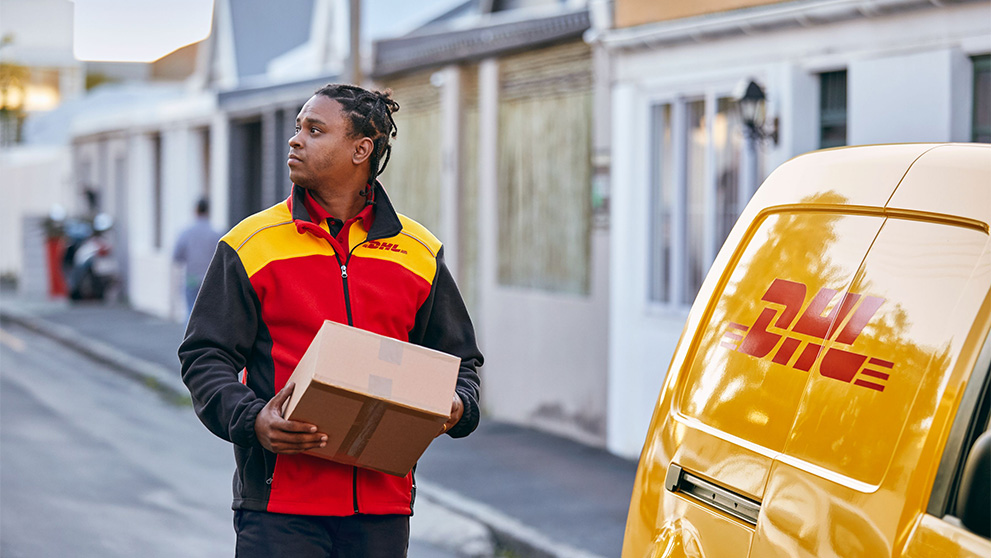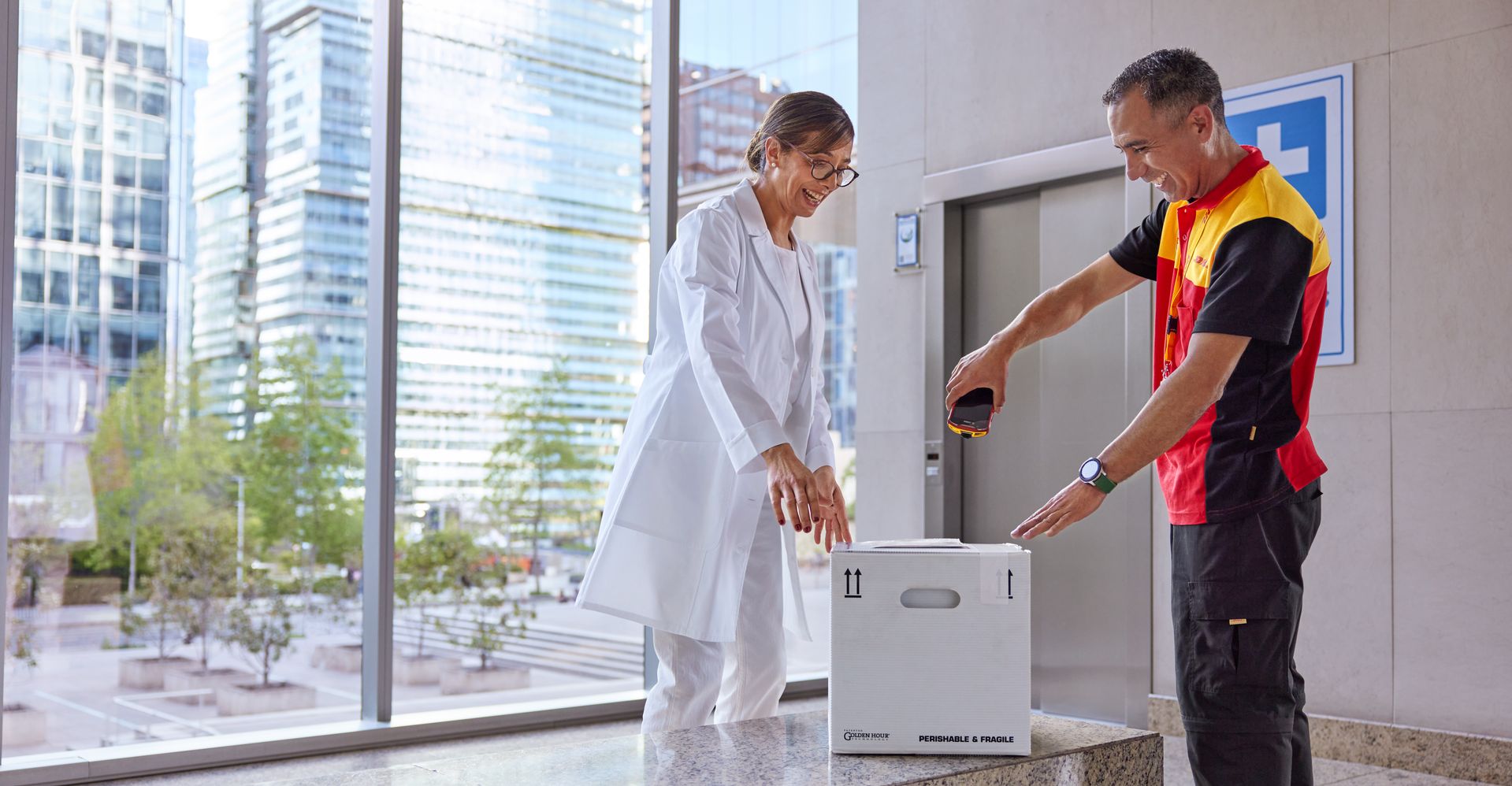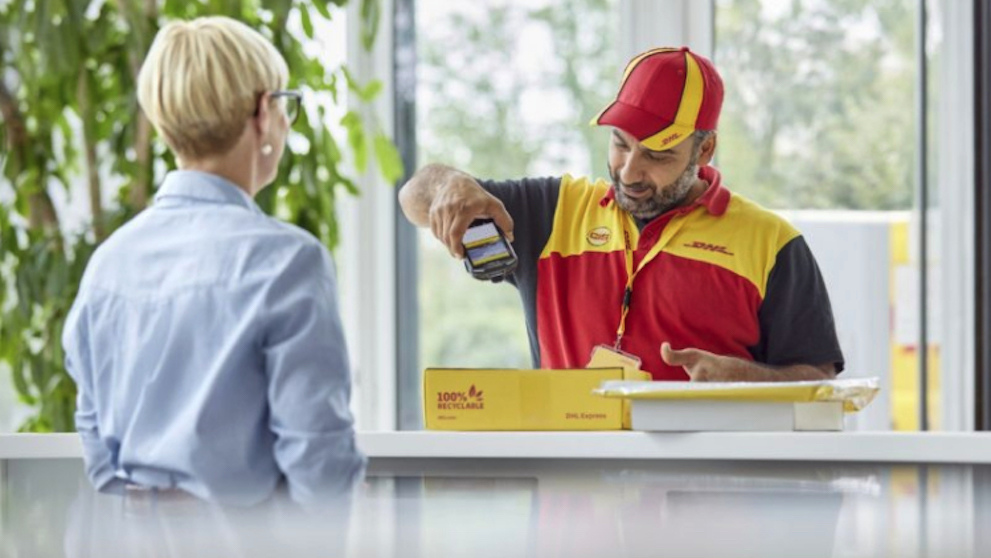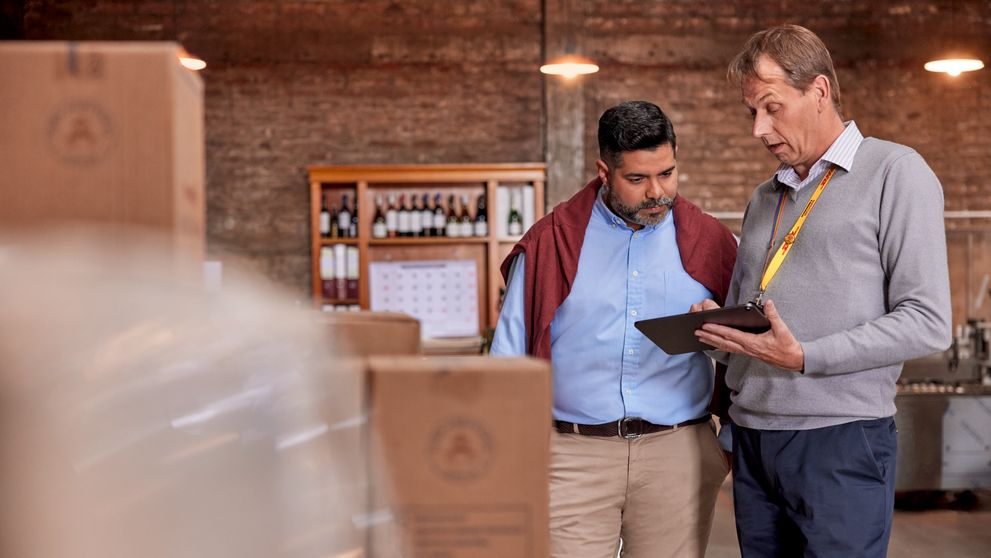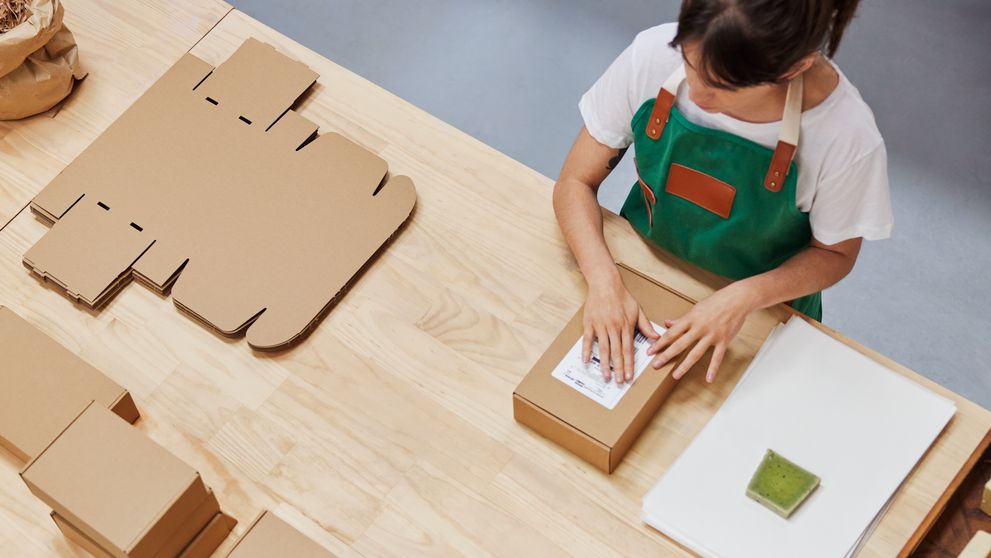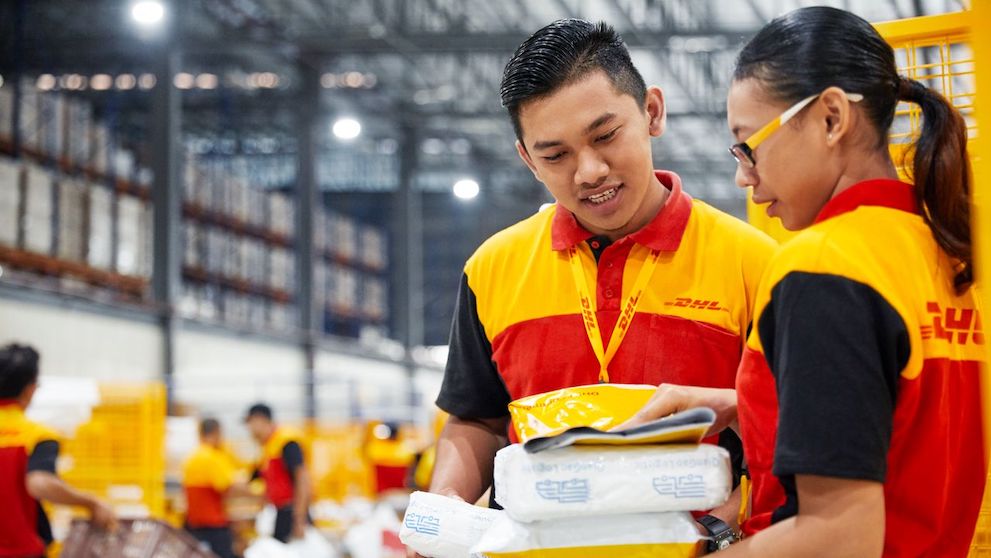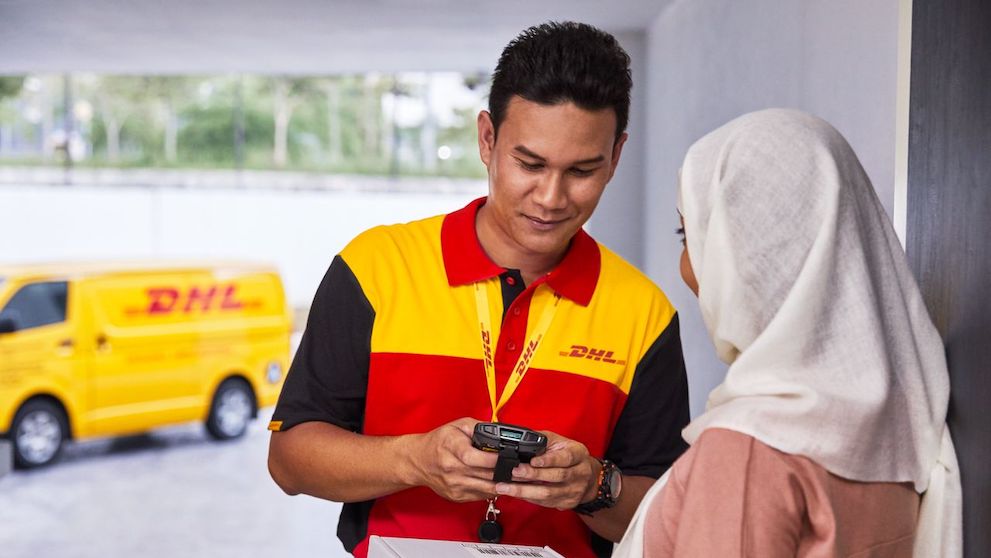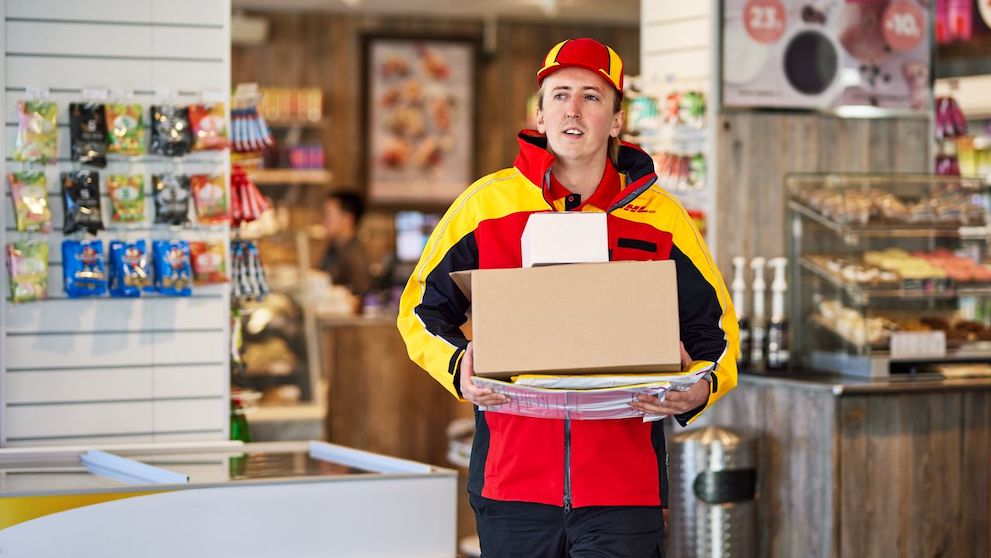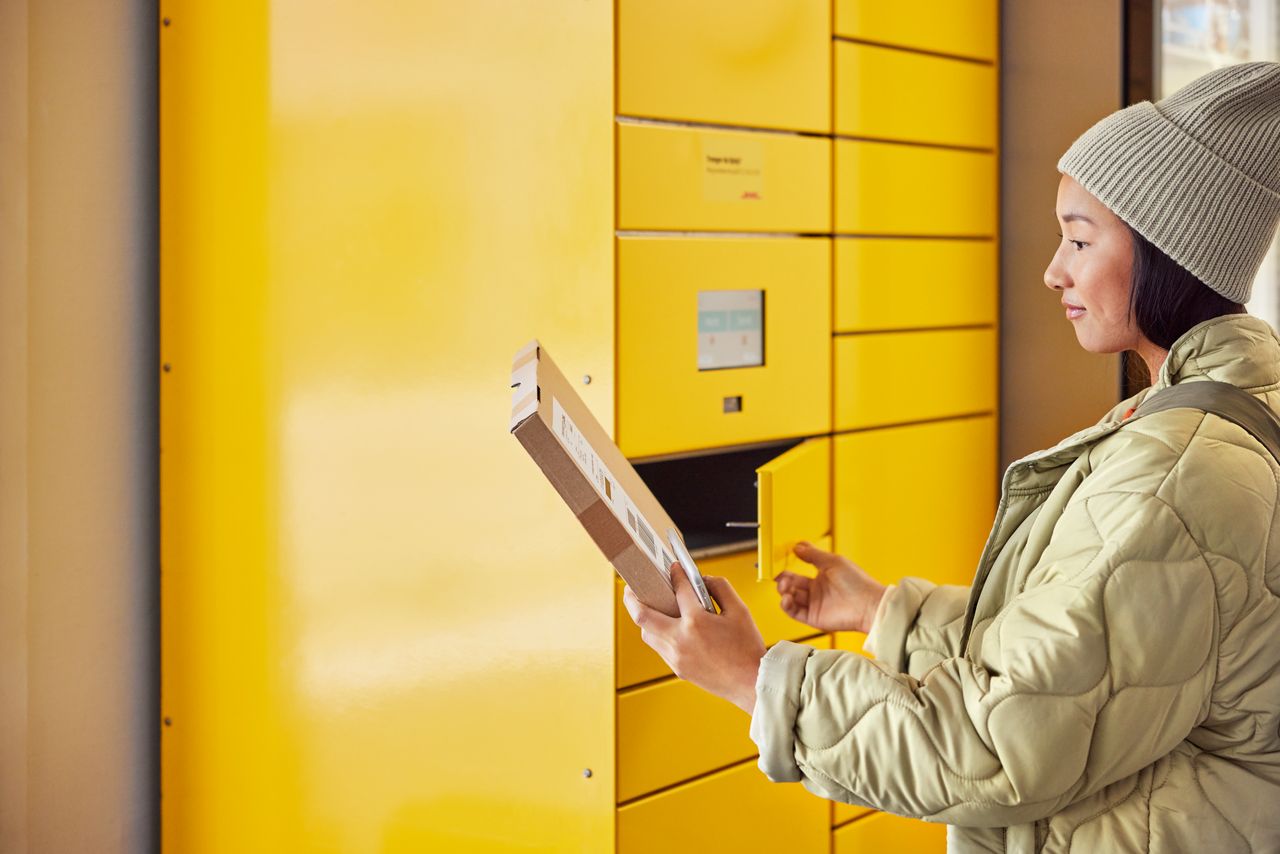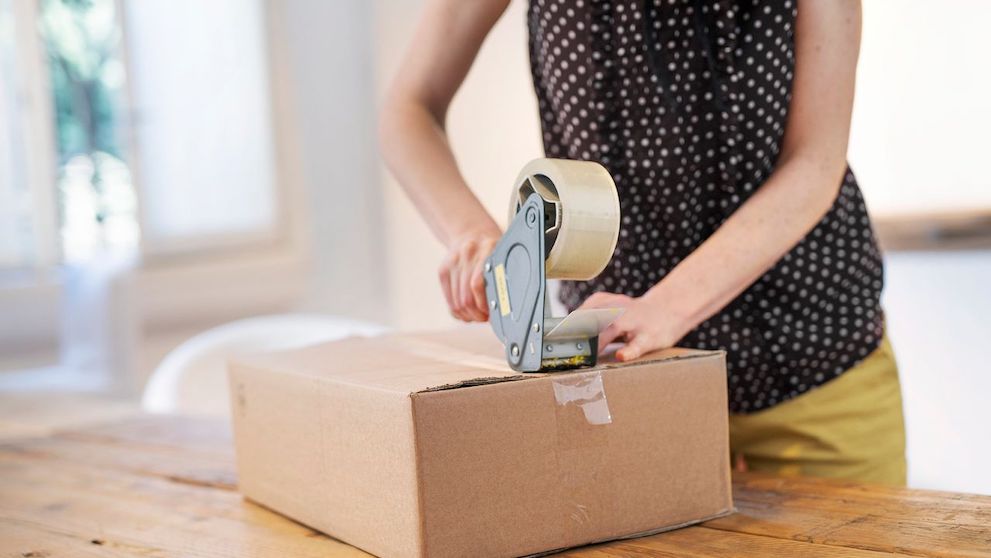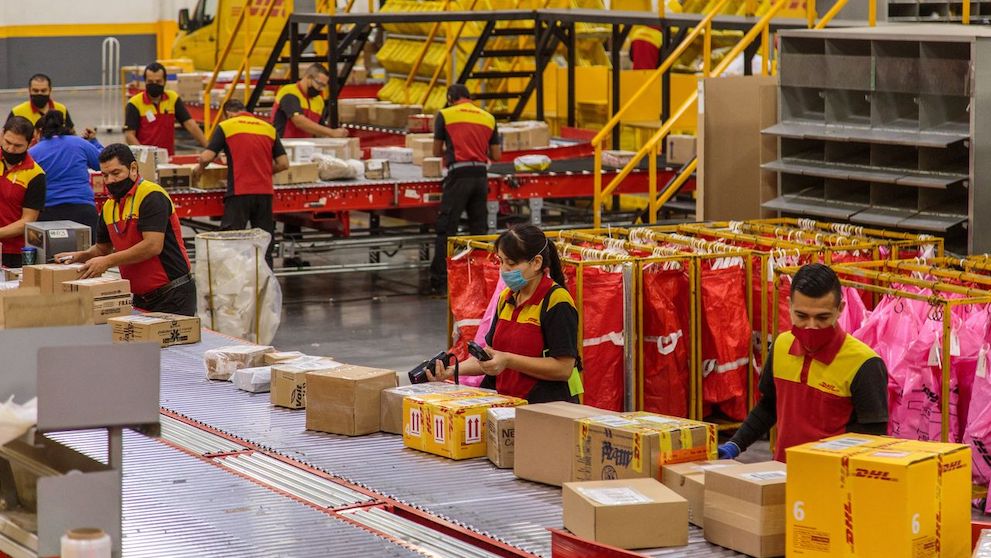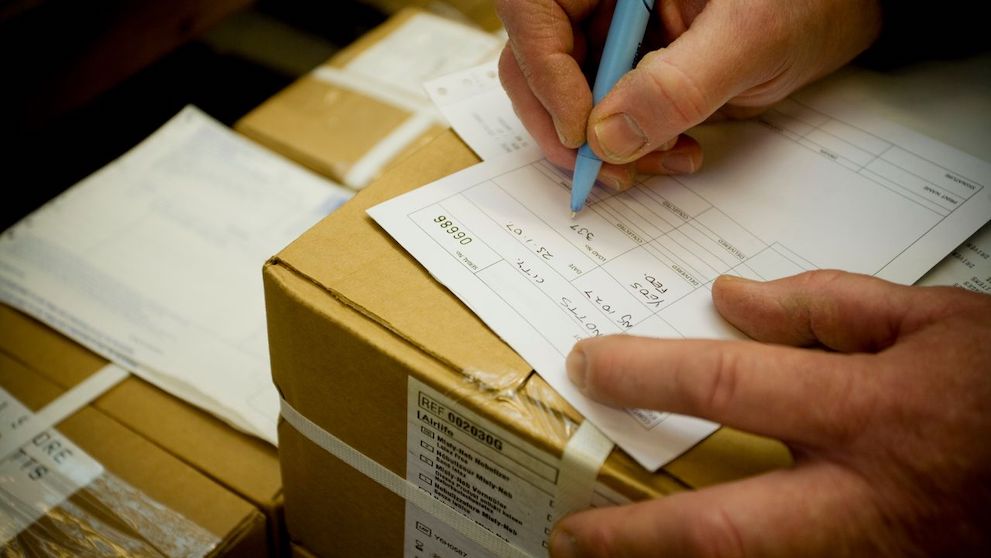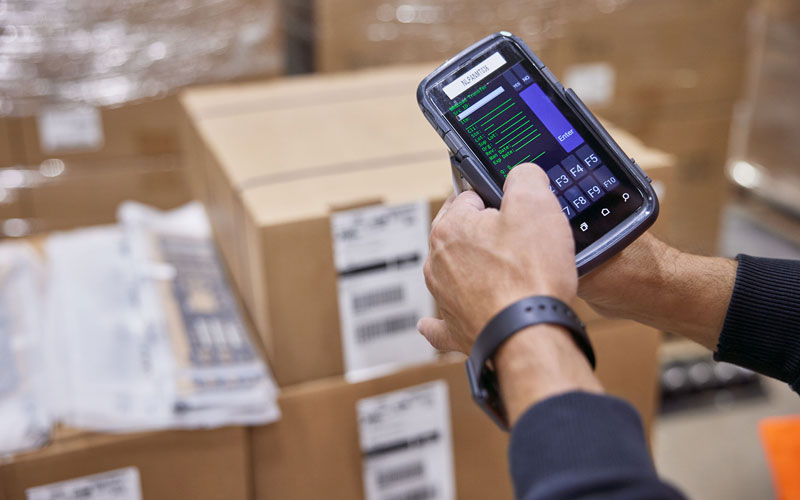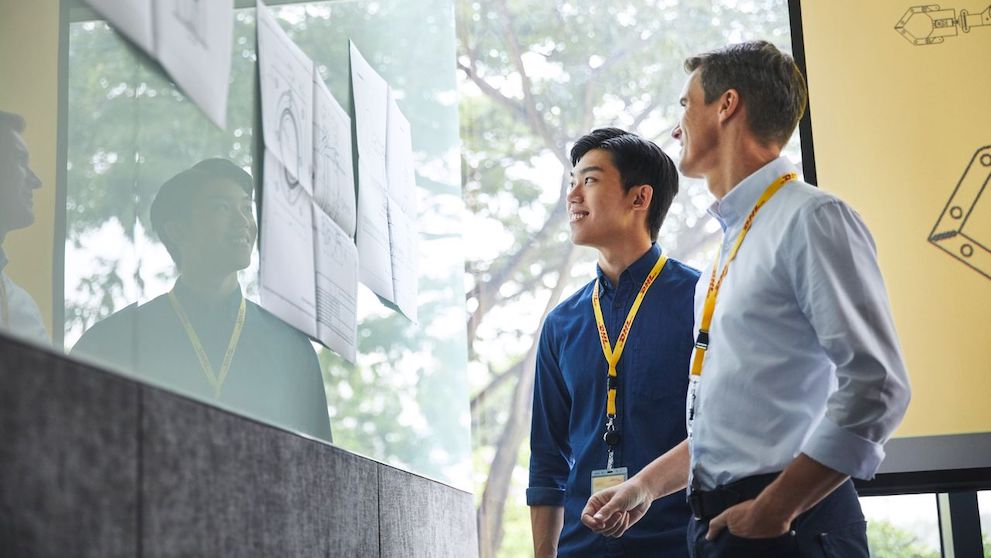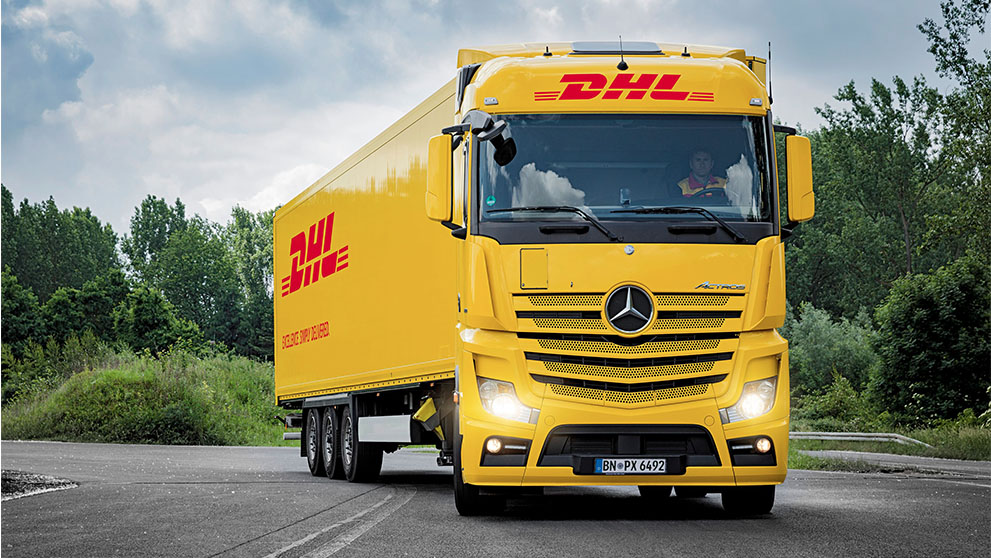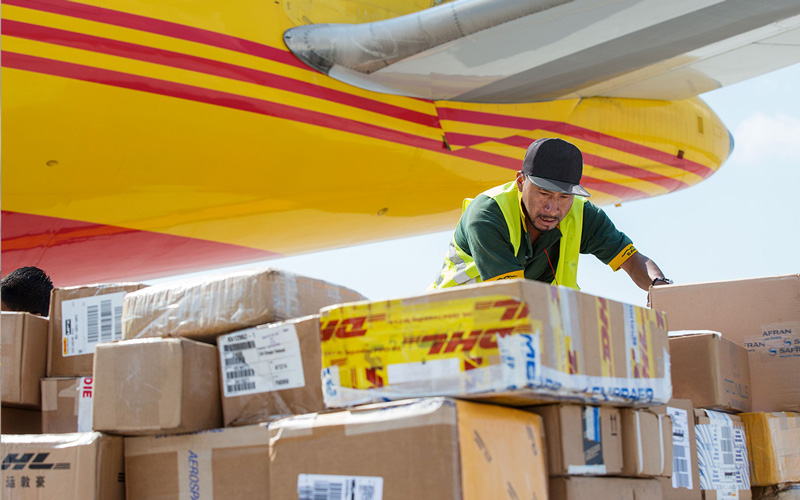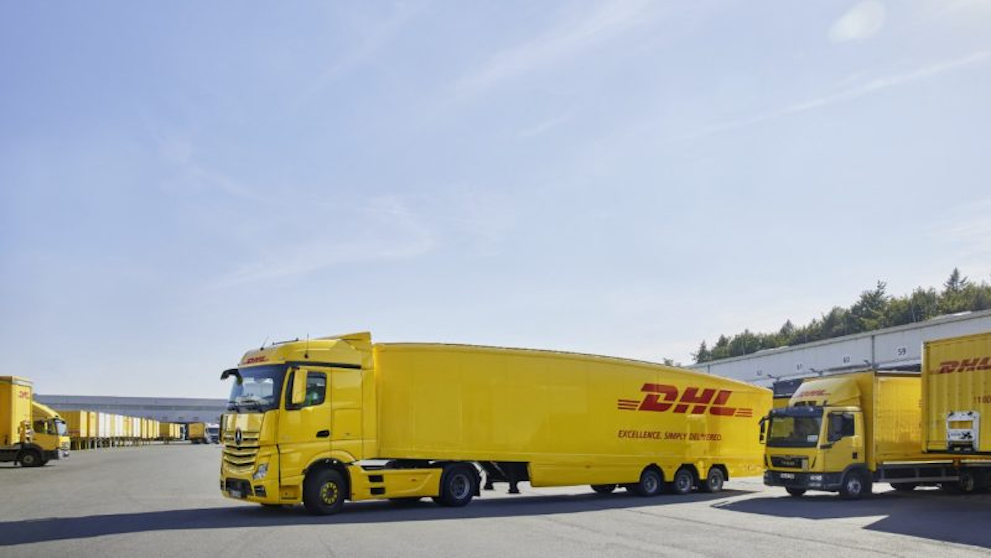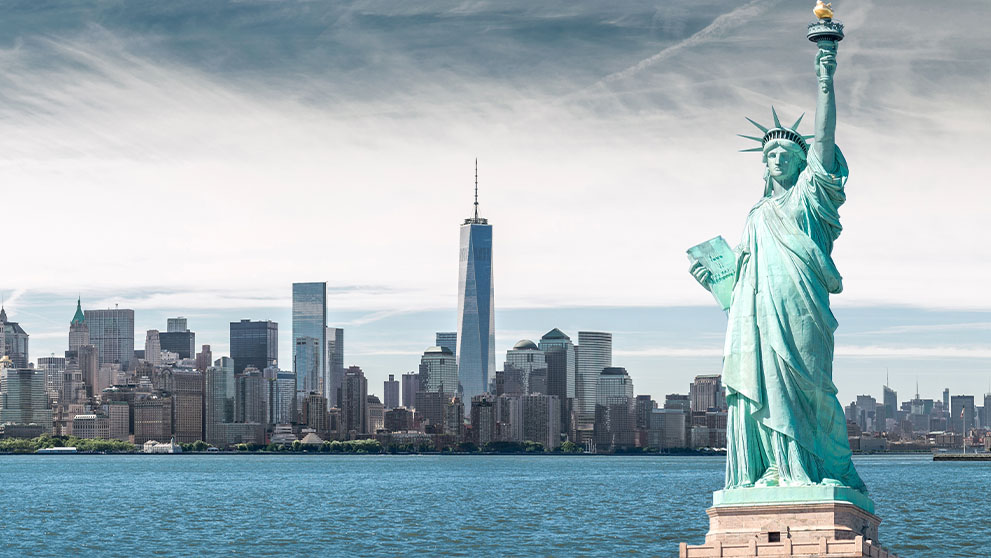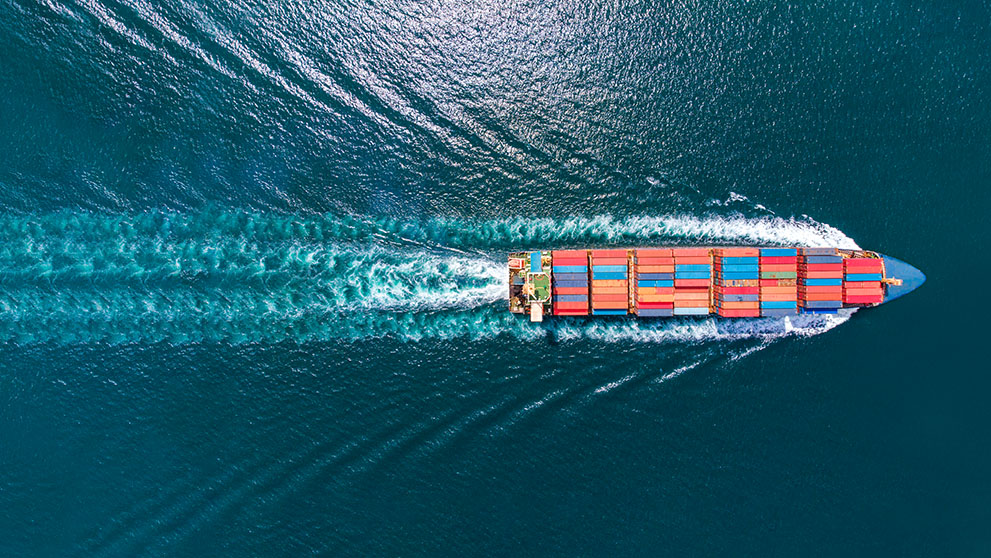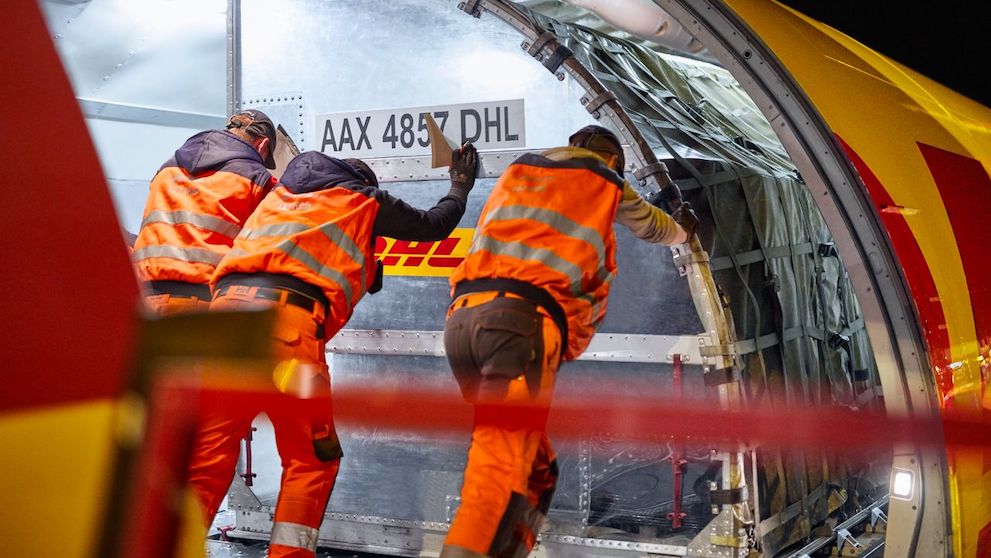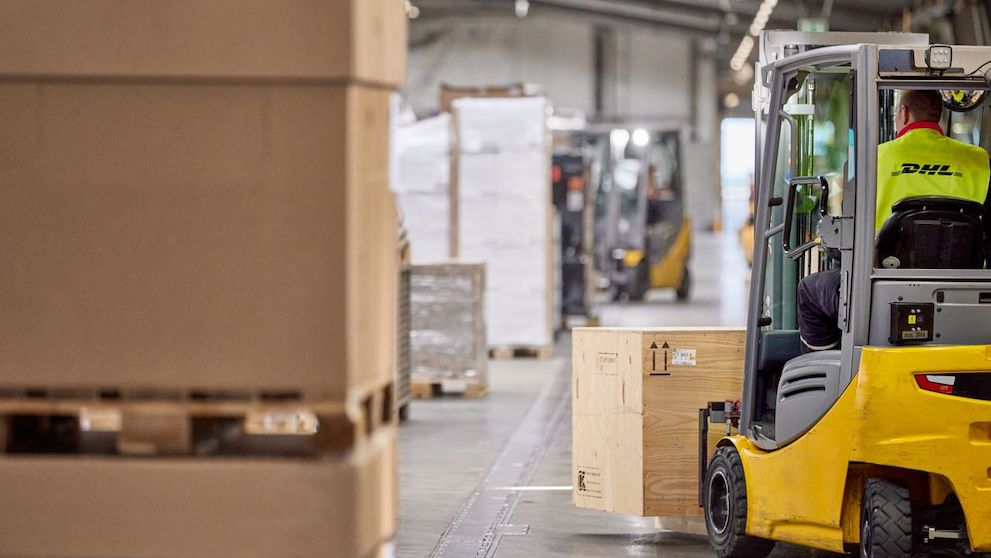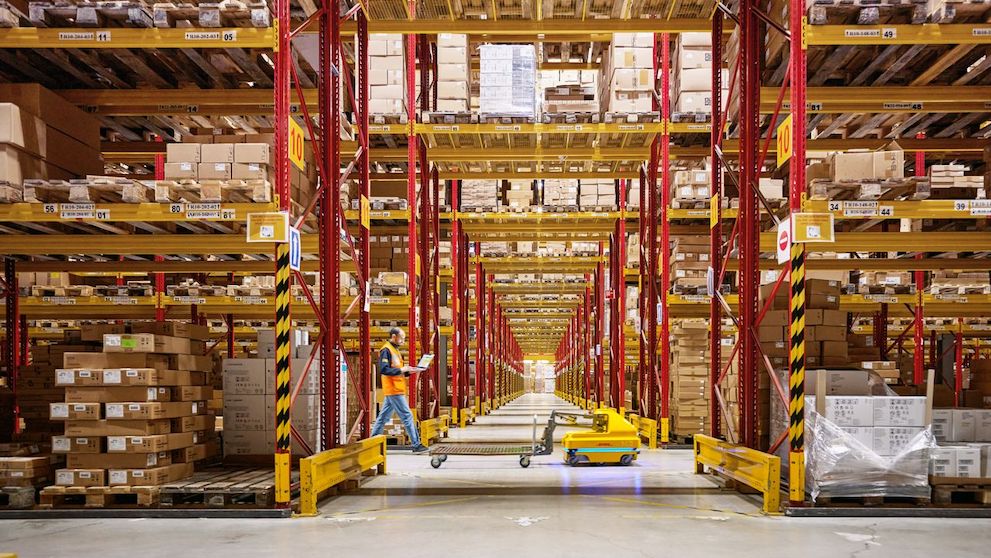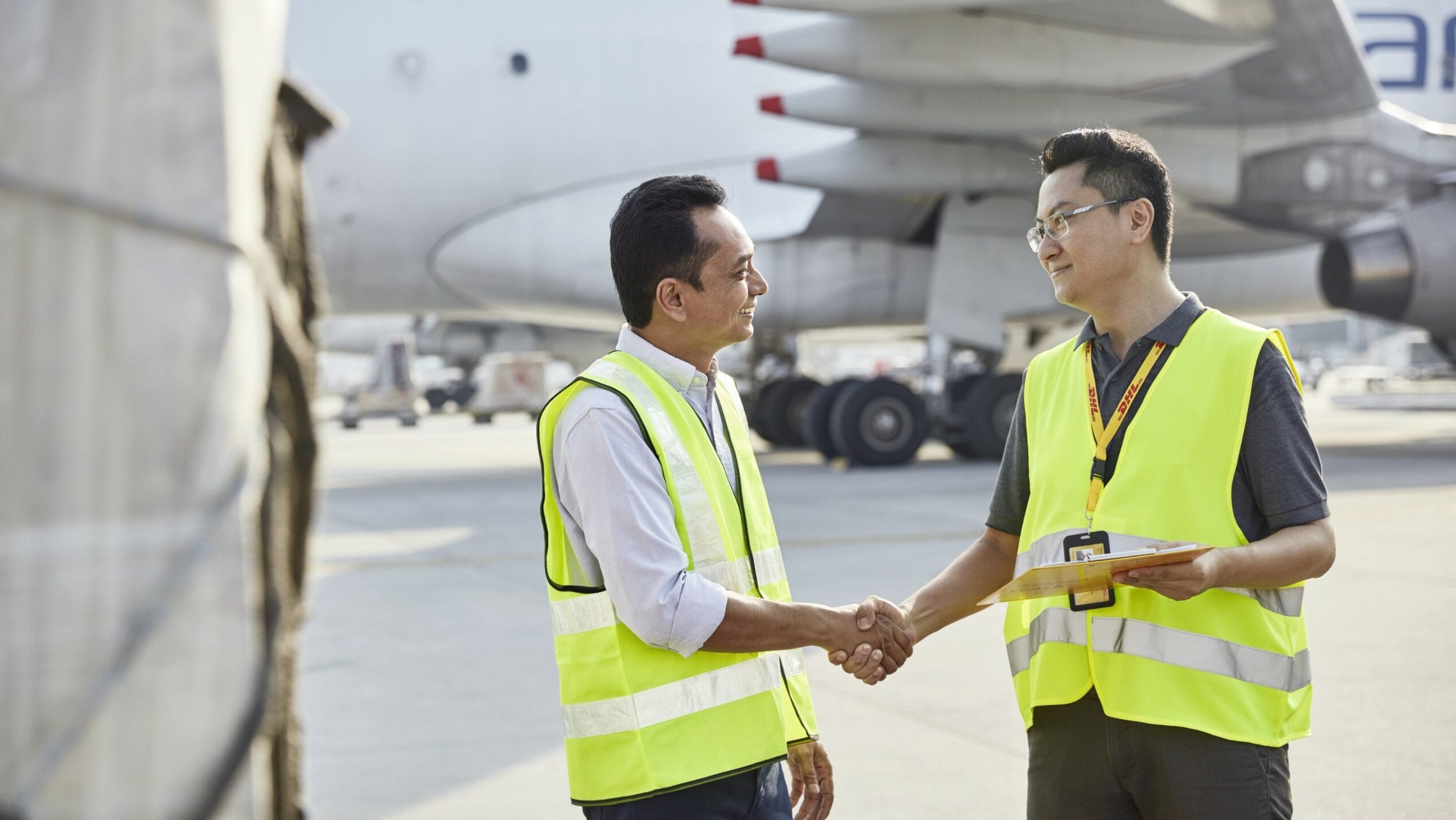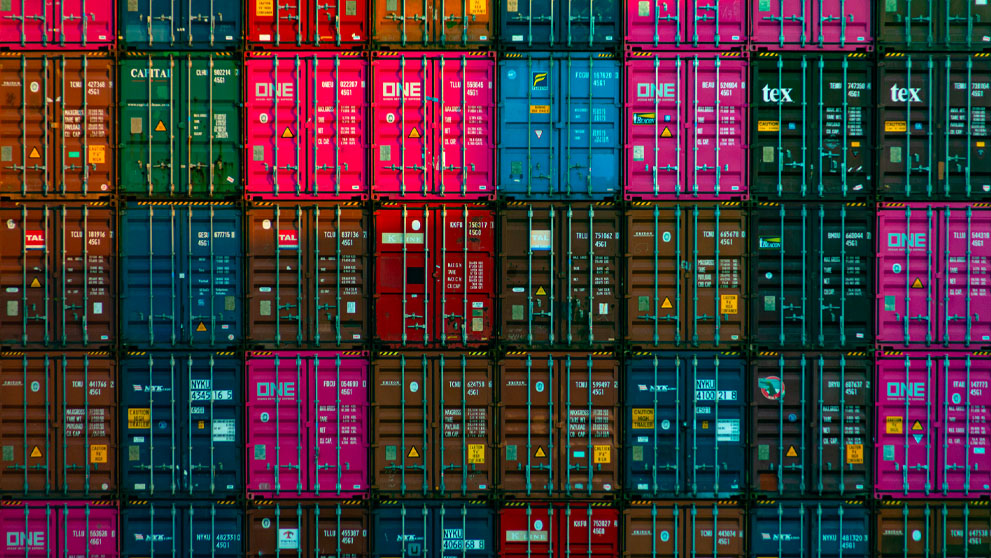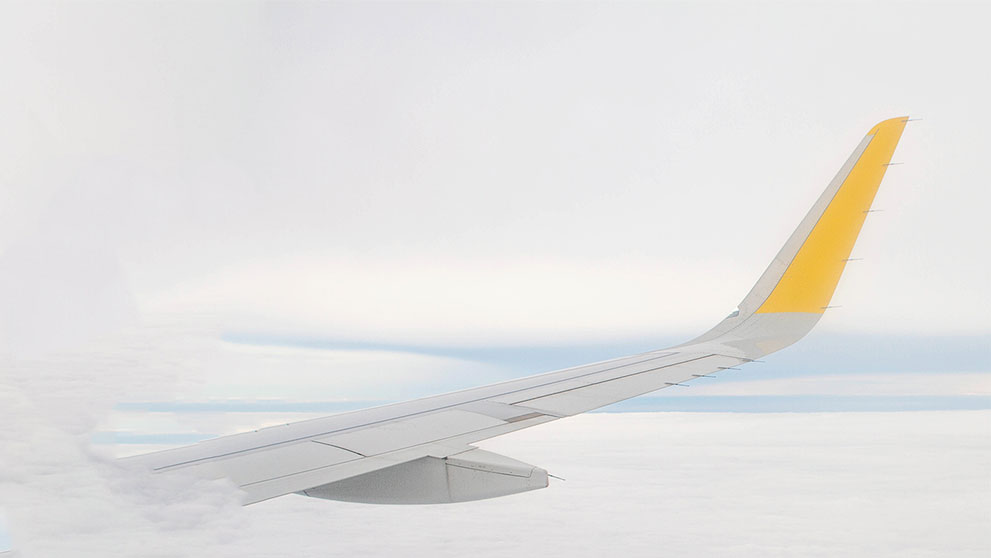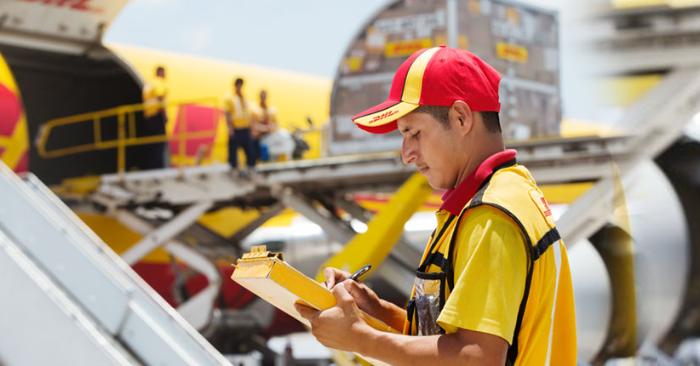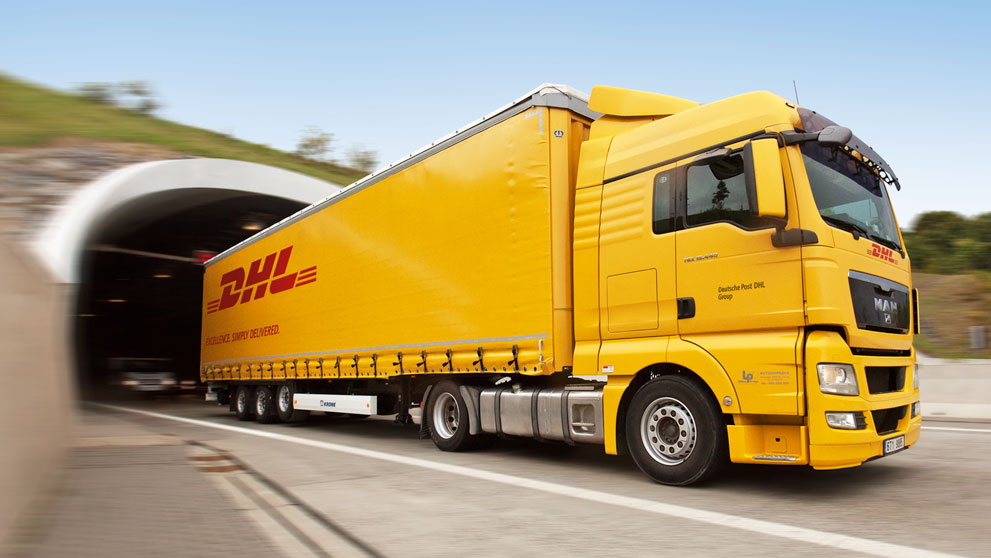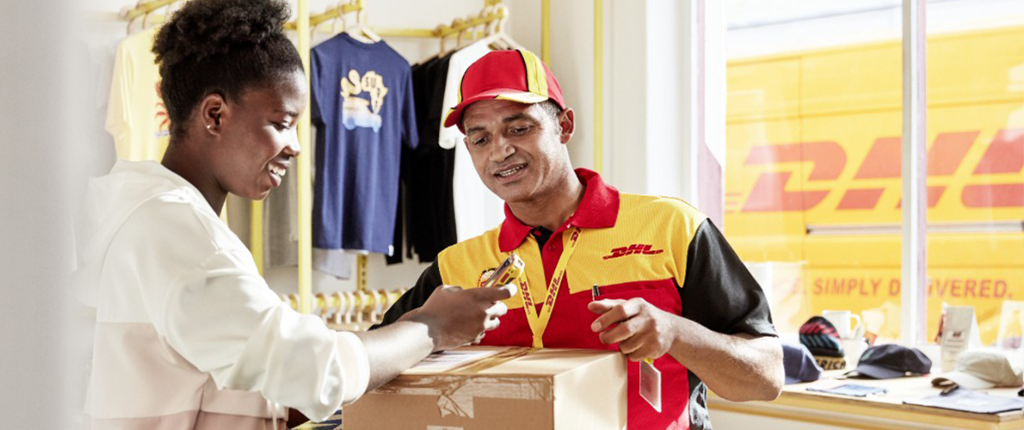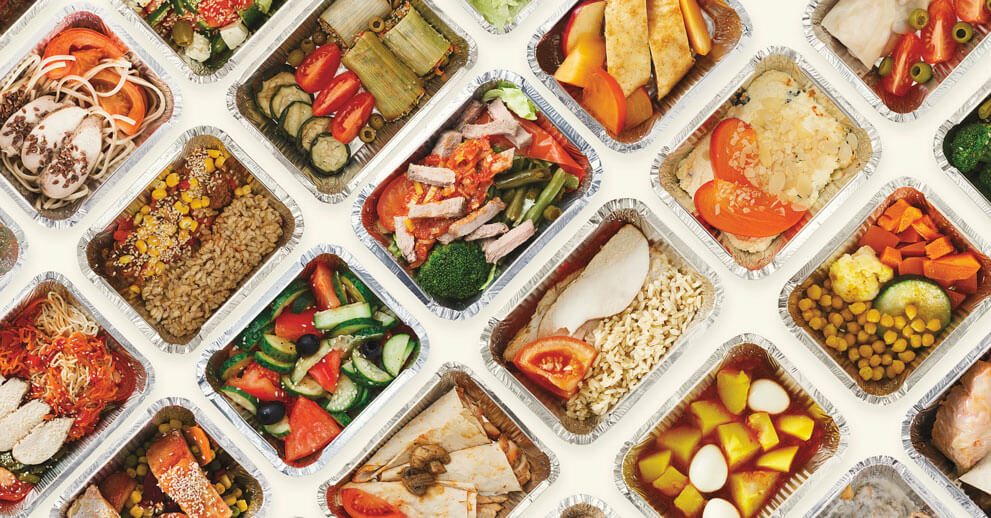Every year, logistics providers and delivery companies transport 25 billion packages1 around the world. It all runs like clockwork on a carefully coordinated network of air, land, and sea transport. But the hardest part—and the most crucial part for businesses like yours—is the ‘last mile’.
Here we explain why the last mile is so challenging, what decisions you can make to improve last-mile delivery, and what the future looks like for this vital final leg of the logistics process.
What is last-mile delivery?
Last-mile delivery, sometimes referred to as ‘final mile’, is the movement of goods from a transportation hub to their final destination—typically a customer’s home address.
But why is the last mile so challenging? Complex networks of rail, sea, road, and air transport whisk billions of parcels around the world every year. These are controlled and highly orchestrated networks, using dedicated routes and specialized vehicles over long distances. But the crucial final leg of the journey—the last mile from a local hub or distribution center to the customer’s home or office—doesn’t have anywhere near the same level of control, consistency, and scale.
Local delivery van drivers need to tackle unpredictable traffic, road closures, route planning challenges, weather conditions, and any number of other difficult-to-plan for obstacles.
From the delivery company’s point of view, it’s the least efficient part of the logistics cycle: van drivers have to make many short stops often delivering just one parcel at a time (compared to the many thousands of items a single aircraft carries). And, for most e-commerce deliveries, they need to do this while acting as the only customer-facing human in the entire supply chain.
Challenges facing last-mile delivery
- E-commerce continues to grow, meaning more packages to be delivered
- Shortage of delivery employees
- Naturally inefficient: traffic, mechanical failure, and only one drop off at a time
- Customers now expect next day, same day, or even 1- or 2-hour deliveries
It’s partly why last-mile delivery accounts for 41% of the total cost of delivery2. Despite these challenges, even the smallest of retailers must now compete with the high standards set by global providers who have made next-day delivery the norm and same-day delivery viable.
So how can I get ahead in last-mile delivery?
You do have choices. You can choose a delivery firm that offers services that keep your costs lower while also giving your customers the seamless service they want and expect.
How to improve last mile delivery
Here are four factors you need to consider:
1. Take advantage of localized storage and dark stores
Many businesses are strategically distributing their stock among small regional warehouses, focusing on popular and seasonal items to reduce the distance for final delivery. According to Roy Hughes, EVP Network Operations Europe, DHL Express, several 'power cities', such as New York and Beijing, are "facilitating and driving this localization trend".
SMEs may lack the resources for their own warehouses, but some logistics firms offer access to unused temporary storage. This enables e-commerce brands to store inventory and offer same-day delivery to local customers.
2. Use ad hoc resources for faster delivery
Localization has in turn raised the demand for freight services, transporting goods to consumers on the day they order them. This is where ‘crowdsourced delivery’ comes in. Extending beyond taxi and food drop-offs, crowdsourcing works with local pre-qualified drivers who can choose to pick up a pending delivery and drop it off to the customer.
It’s a great solution to the age-old capacity problem: if you have too many parcels and not enough vans and drivers, what do you do?
Collect when it suits the customer: the rise of lockers
Other on-demand options include service points and storage lockers, able to accept a delivery on behalf of your customer and pushing the move towards urban localization. DHL’s Packstation, which was launched back in 2001, offers a network of automated all-day booths across more than 3,500 locations in Germany alone.
3. Using AI and analytics for better routes and greener deliveries
The crowdsourcing solution is still not ideal for transporting more expensive, bulkier packages, which is when you will probably want to use a more established shipper. However, such deliveries present their own issues, with trucks having to find a suitable unloading spot or navigate smaller inner-city roads. As out-of-route miles account for 3-10% of a driver’s total mileage, inefficient route planning can add a hidden cost to already expensive services.3
The answer is better route planning
Some sources suggest4 that couriers and courier route planning staff could be spending 3-4 hours a day manually planning their routes.
As these new technologies continue to play an expanding role in improving the last mile, Mei Yee Pang, Head of Innovation, Asia Pacific DHL Customer Solutions and Innovation, reiterated that it is vital now to be taking “a data-driven approach in servicing customers.”
No room for humans?
In the distribution centers, AI and robotics are coming together to automate repetitive tasks, But does that mean humans are no longer needed? Tim Tetzlaff, Global Head of Accelerated Digitalization, DHL Supply Chain: “The more we can use robots to complete repetitive or distant tasks in highly predictable, structured environments, the more we free up our employees to leverage their unique human capabilities.” AI and robots are another tool to help humans—not to replace humans.
Perhaps most importantly, route optimization AI can reduce carbon emissions from a last-mile road fleet by as much as 25%. Software company Descartes’ route optimization tools have been shown to reduce CO2 emissions by over 552,000 tons and decrease fuel usage by 5% to 25%5. That’s a huge impact, all achieved by simply finding the best route.
Deliver your goods via drone or robot
Alternative delivery options are growing; the use of smart delivery lockers located in high-traffic public spaces such as supermarkets and town centers is growing at 25% every year.
Some companies are even exploring delivery via drones and bots. While drones are already being used for delivering high-value items such as medication and blood, advancements in technology have broadened their potential role in delivery logistics. This can help relieve the strain on the supply chain caused by increased e-commerce orders, escalating urban traffic congestion, and the growing shortage of truck drivers.
Drones are delivering
DHL successfully ran a three-month test of their Parcelcopter in the German community of Reit im Winkl. In the test, users need to merely insert their parcel into the ‘Skyport’ (the drone’s base station) to start the flight process. It’s proving to be quick and simple, enabling easy shipping to areas with poorly developed infrastructure or those blocked by natural barriers, such as water and mountains.
It's not the only advanced test flights being conducted: Bulgarian start-up Dronamics has created a fixed-wing cargo drone that can transport a payload of up to 350 kg (772 lb) for same-day delivery, covering distances of up to 1,553 miles (2,500km). The company has obtained an EU license to authorize flights, including beyond visual line of sight (BVLOS) operations, just in time for its planned commercial activities. South African start-up Cloudline recently obtained approval from the Kenyan government to conduct tests using their autonomous blimp-like airships, facilitating carbon-free delivery of payloads weighing up to 100 kg (220 lb) to remote areas.
In the United States, drone delivery service provider Zipline received federal certification in 2022 as a small air carrier, enabling the expansion of its e-commerce and pharmaceutical delivery services.
Mind that delivery robot…
Conversely, ground-based autonomous vehicles (basically small robots with wheels) can act as secure mobile delivery lockers, following a set delivery route to your door. Customers are notified when it arrives, and they can then retrieve their item from within the robot’s container.
Following such last-mile innovations, McKinsey6 predicts a “world where autonomous vehicles deliver 80% of parcels.” This is backed up by research that suggests that, far from industry skepticism surrounding consumer uptake of the new technology, 60% are in favor of or indifferent to drone delivery.
The price problem
While these new solutions may come with an initial hefty price tag, 48%7 of consumers will pay more for next-day delivery, and 23% of consumers are willing to pay significant premiums for same-day delivery, rising to 30% among younger consumers.
As this younger demographic becomes the dominant consumer spending group, a delay in receiving a package of just 12 hours can become an important differentiator in saturated markets—and one you’ll want to avoid.
Businesses should make gradual adjustments when looking to cater more toward these higher expectations, balancing cost with quality considerations for the future.
The future of last-mile deliveries
While the general move is towards localized, digitized fulfillment to improve the last mile, this industry is continually developing and moving forward.
When asked to make a prediction, Lee Spratt, CEO of DHL E-commerce Americas, stressed the importance of “being more agile in adjusting to market trends, maintaining an openness towards learning and reinvention, and promoting a newfound flexibility as a baseline for the transport industry.”
Last mile delivery FAQs
How does last mile delivery work?
Last mile delivery, also known as final mile delivery, is the very last leg of your item’s journey: from local distribution center (either your own or your logistics partner’s) to the end consumer. Last mile delivery aims to deliver the packages as affordably, quickly, and accurately as possible. This is achieved via road (van, or sometimes car or bike), or at a drop-off point such as a local supermarket or parcel locker. New methods are already being trialed, such as autonomous robots and drones.
How long does last-mile delivery take?
This varies depending on the location of the distribution hub, the final delivery destination, traffic conditions, weather, and the efficiency of the delivery process. Customers are increasingly looking for rapid delivery, but reliability and traceability (last-mile tracking) are also high on the list of consumer priorities.
How are customer demands reshaping last-mile delivery?
The speed, cost, and quality of last-mile delivery have become key differentiators. It’s worth remembering that the delivery part of the e-commerce process is the only point at which a consumer might interact with a human, making the delivery driver a kind of extension of your own brand. It’s important to offer multiple delivery options, including next day, same day, named day, and eco-friendly delivery options.

